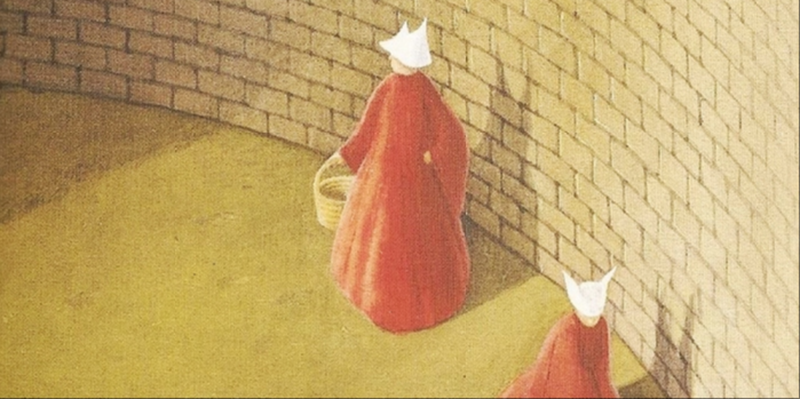| By Nicole Albrecht |
The look in my students’ eyes, when I would pass out the first set of novels for the school year, would convey an array of emotions from fear, apathy, excitement, genuine interest, and, my favorite, rebellion. Introducing a novel to a high school English class can be a teacher’s worst nightmare, but I enjoyed every minute of it because it was a challenge to me. A challenge to change their mind about not only reading in general, but how they see the world after they are finished reading a particular work. I didn’t always feel this way about introducing a novel to my students, in fact, in the beginning of my teaching career, I would lose sleep for several days prior to introducing a novel. I felt this way because I knew how it felt for students to “fear the novel” and I remembered how I felt when my own high school teachers would introduce one.
I grew up with a love for reading—it was a chance to experience life from another perspective, to walk in someone else’s shoes, and upon finishing the story, become a new person with a new way to look at the world. It wasn’t until I was in high school that I started to loathe reading novels and I actually stopped reading altogether during this time.
Read moreFor Students to the Rescue! Fear Not the Required Readings for High School










